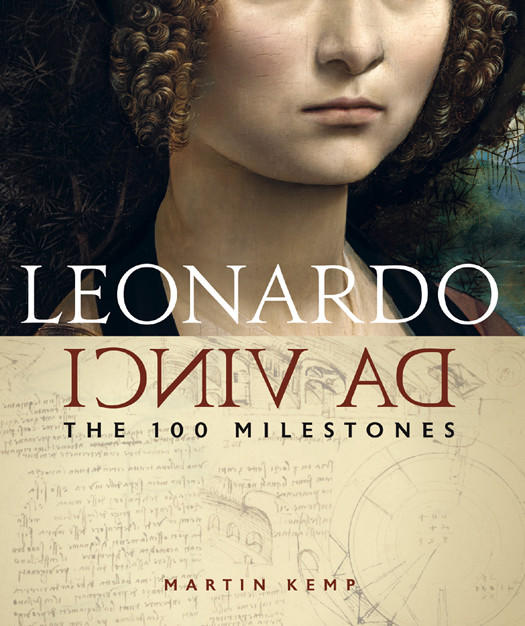

Most ebook files are in PDF format, so you can easily read them using various software such as Foxit Reader or directly on the Google Chrome browser.
Some ebook files are released by publishers in other formats such as .awz, .mobi, .epub, .fb2, etc. You may need to install specific software to read these formats on mobile/PC, such as Calibre.
Please read the tutorial at this link: https://ebookbell.com/faq
We offer FREE conversion to the popular formats you request; however, this may take some time. Therefore, right after payment, please email us, and we will try to provide the service as quickly as possible.
For some exceptional file formats or broken links (if any), please refrain from opening any disputes. Instead, email us first, and we will try to assist within a maximum of 6 hours.
EbookBell Team

5.0
48 reviewsTo commemorate the 500th anniversary of Leonardo da Vinci’s death, world-renowned da Vinci expert Martin Kemp explores 100 of the master’s milestones in art, science, engineering, architecture, anatomy, and more.
Leonardo da Vinci was born in the small Tuscan town of Vinci in April 1452. Over the centuries, he has become one of the most famous people in the history of visual culture. Spring 2019 marks the 500th anniversary of his death in May 1519, with exhibitions and events planned across Europe and the United States. This lavishly illustrated volume by Martin Kemp—one of the world’s leading authorities on da Vinci—offers a fresh way of looking at the master’s work. Kemp focuses on 100 key, broadly chronological milestones that cover an extraordinary range of topic across Leonardo’s many fields of discipline: painting, where he brought new levels of formal and emotional grandeur to his works, including The Last Supper and Portrait of Lisa del Giocondo (the “ Mona Lisa ”); anatomical studies, which are extraordinary for their sense of form and function ( Studies of the Optics of the Human Eye and Ventricles of the Brain ); engineering marvels, noted for their range and extraordinary visual quality ( Gearing for a Clockwork Mechanism and Wheels without Axles and Designs for a Flying Machine ); and his progressive engagement with a range of sciences—anatomy, optics, dynamics, statics, geology, and mathematics.